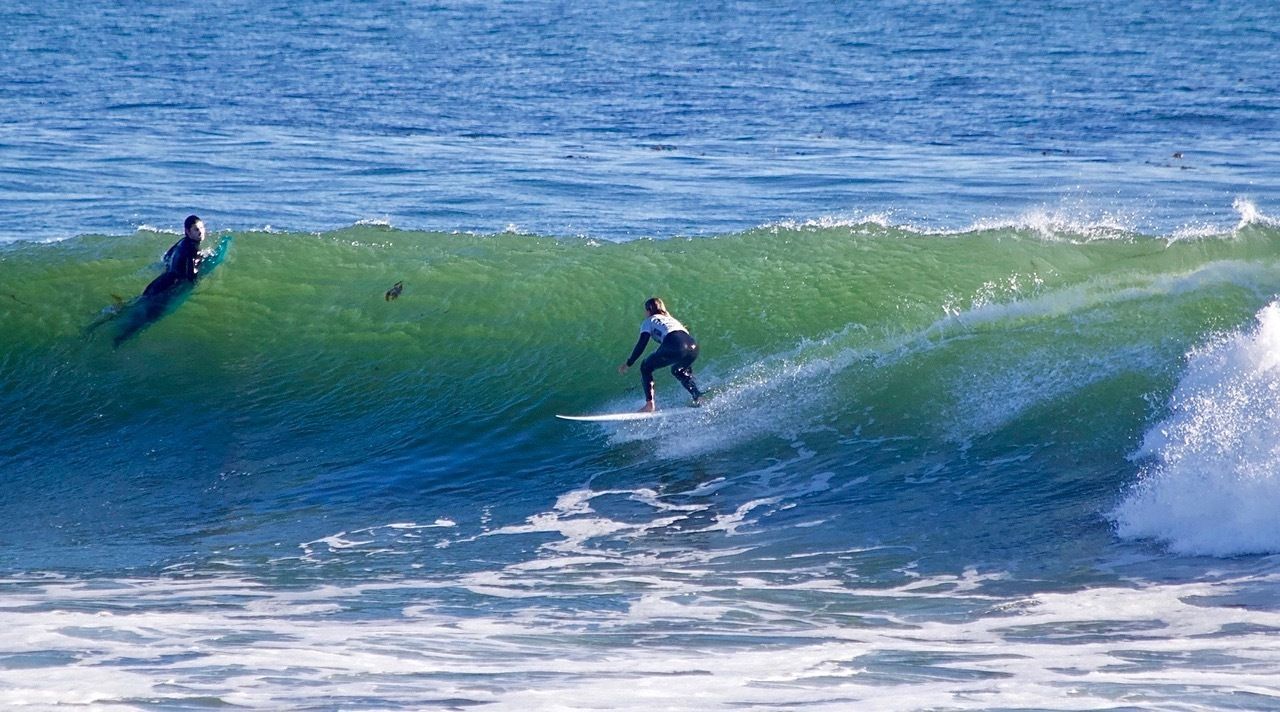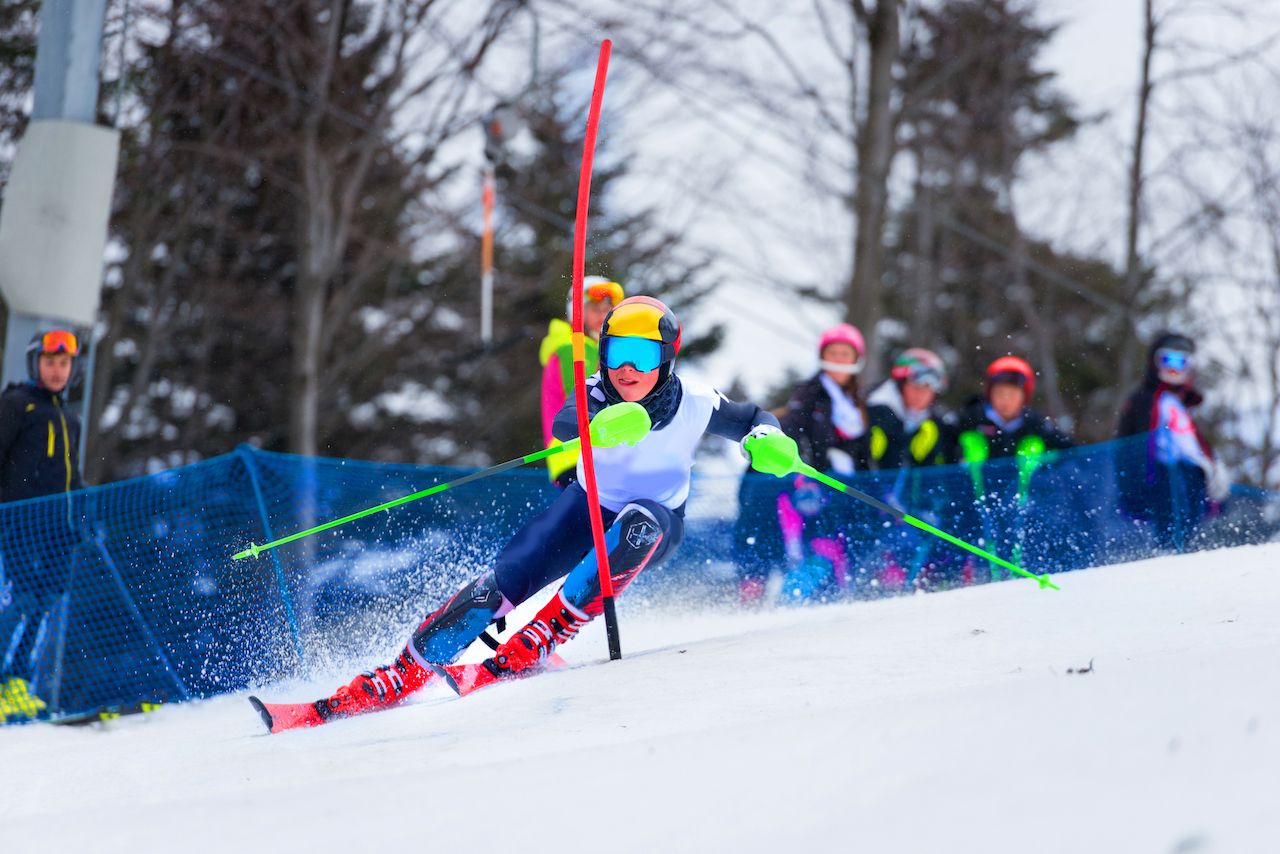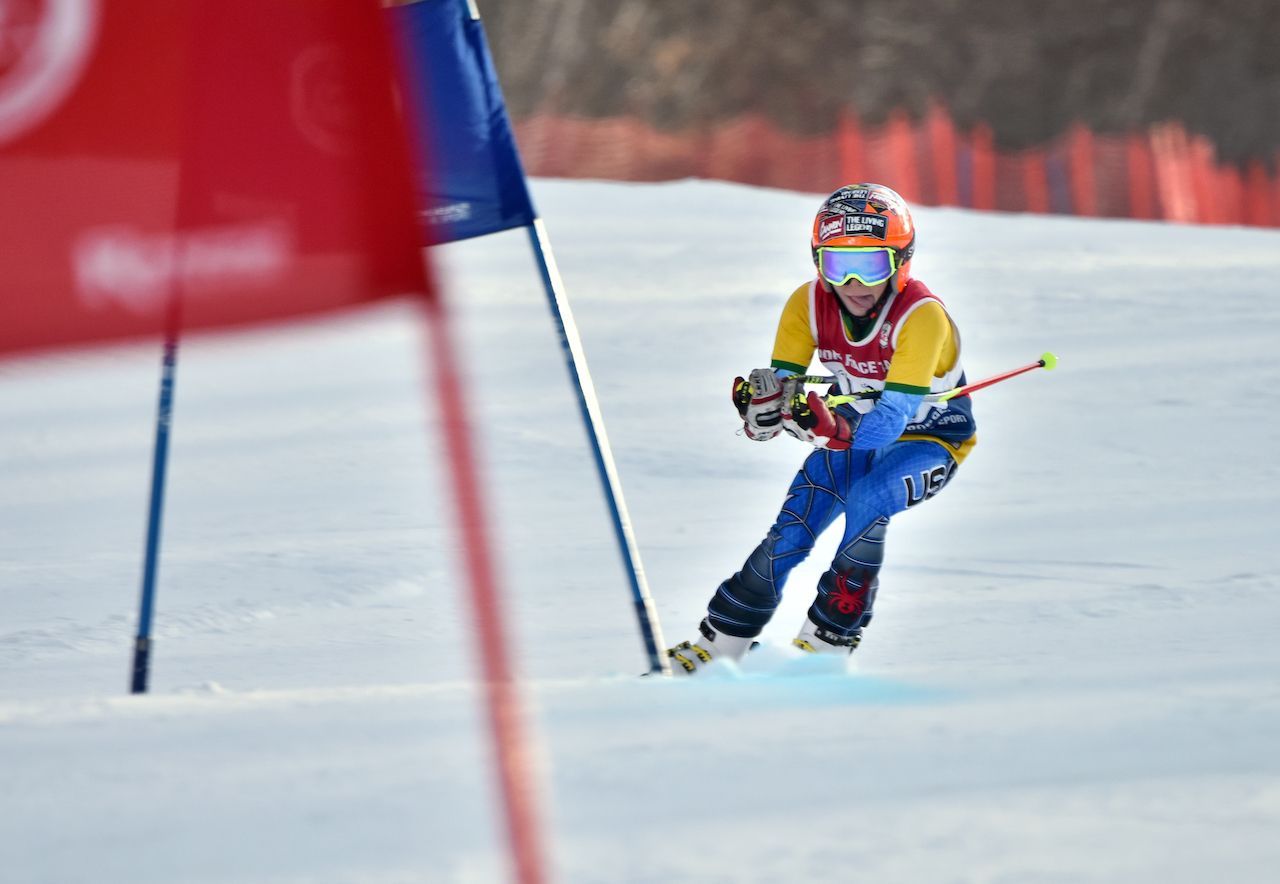“I was watching them and pacing up and down the beach on my phone, talking to [my husband] Dan and saying, ‘I’m never doing this again,’” says Caitlin Pardo de Zela of watching her teenage daughter Georgia Lockwood surfing out in heavy, 10-foot waves with a coach, a former big wave surfer. She told her spouse, “‘You need to bring her. This is way too much.’”
Pardo de Zela is a surfer herself, so she understands the power of San Francisco’s Ocean Beach waves. But when, at the age of 13, Georgia said she wanted to take her recreational surfing to a competitive level, Caitlin and Dan decided to support their daughter.
Given the very real possibility of serious injury, assisting your child’s foray into extreme outdoor sports isn’t always easy. But there are ways to mitigate the risks and, for some, the advantages of participation are worth it.






